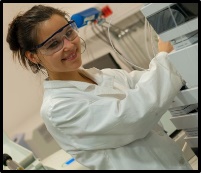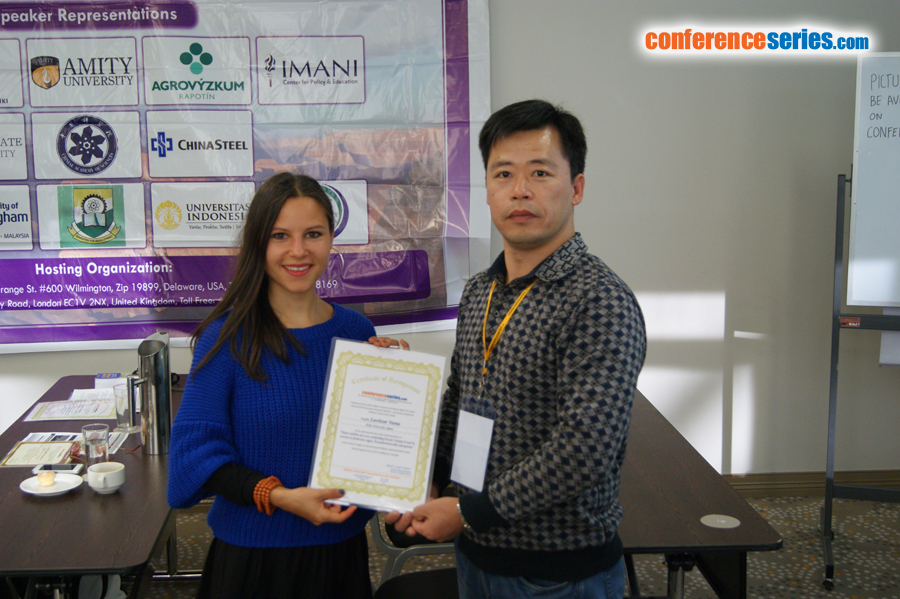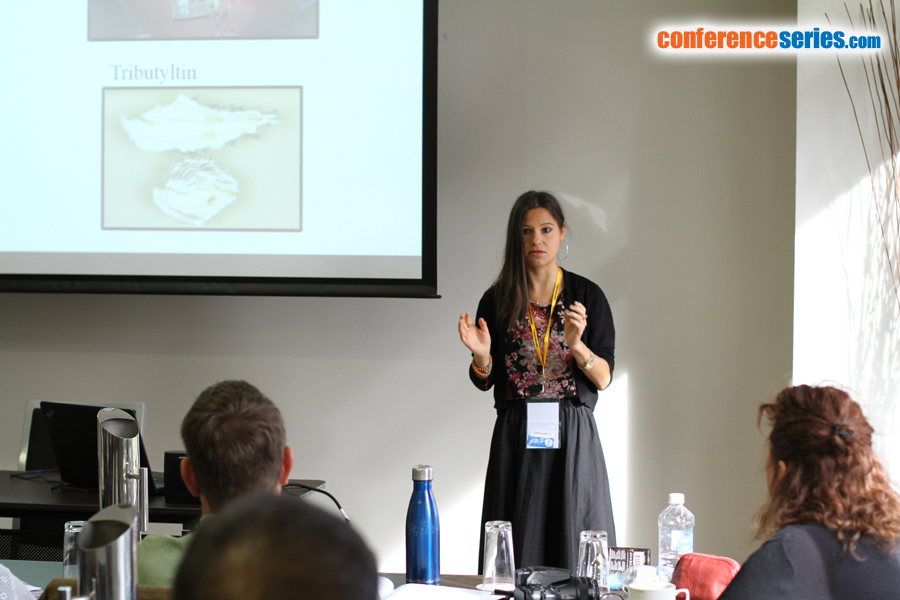
Lavtizar Vesna
Kobe University, Japan
Title: Water stability of a new antifouling biocide Tralopyril and its toxicity to freshwater algae, Pseudokirchneriella subcapitata
Biography
Biography: Lavtizar Vesna
Abstract
Statement of the Problem: The attachment of the aquatic organisms on unprotected ship hulls significantly increases the fuel consumption. The principal strategy to prevent the biofouling is the application of antifouling system, containing biocides. One of the newly emerged biocides is tralopyril (TLP) showing promise especially towards hard fouling (e.g., barnacles and mussels). Since all antifouling biocides are toxic by nature, the risks of their toxicity to non-target species has to be evaluated, however not much scientific ecotoxicity data is available for TLP. The aim of our study was to investigate the toxicity of TLP on freshwater algae, Pseudokirchneriella subcapitata together with the water stability study of TLP.
Methodology: Acute, 72-hours toxicity test was performed on freshwater algae P. subcapitata, following ISO guideline. Six TLP concentrations (1-100 µg/L) were tested and algal density for each concentration was measured after 0, 24, 48 and 72 hours using fluorometry. The stability of TLP in algal media was assessed using HPLC with fluorescence detector.
Findings: Chemical analysis showed that TLP rapidly hydrolyzes in water media with a half-life of 1.8 hours for the initial concentration 100 µg TLP/L. Along the TLP degradation, one degradation product (CL) formed, of which concentrations were also quantified. The toxicity to freshwater algae was observed already after 24 hours exposure with a 100% algal growth inhibition at 100 µg TLP/L. Due to the rapid degradation of TLP, the growth inhibition could only be plotted against the nominal concentrations. The following nominal EC50s were obtained: 53, 60 and 73 µg/L for 24, 48 and 72 hours exposure time, respectively.
Conclusions: Results indicate high acute toxicity of TLP to freshwater algae, which is with time diminished due to the transformation of TLP to a less-toxic transformation product.



